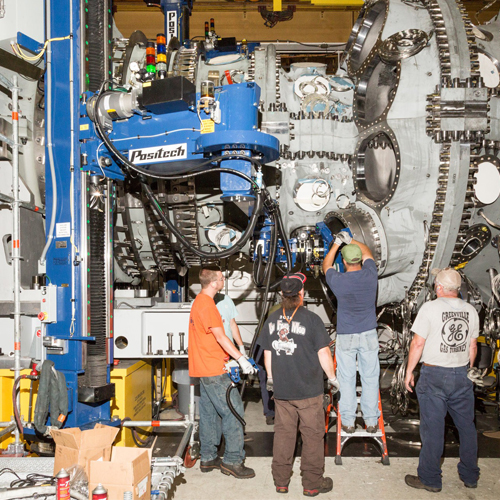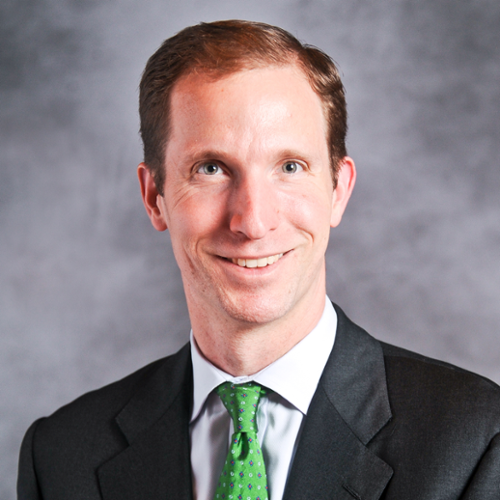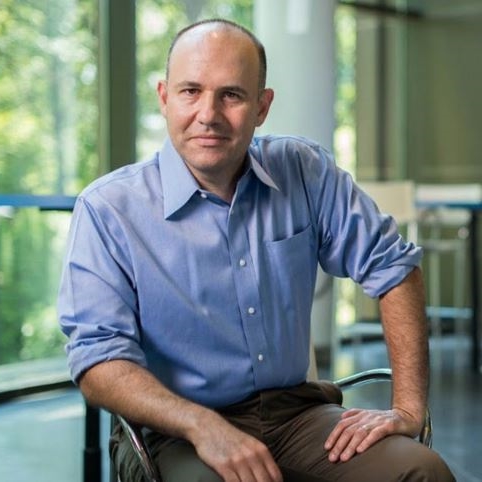
Buying groups of brownfields spreads out the financial risk.
Editor’s note: This article is an excerpt from the Summer 2018 cover story of Brandeis Magazine.
Want to buy a brownfield — a plot of land seeping with toxic chemicals? According to Brandeis International Business School faculty members Debarshi Nandy and Stephen Cecchetti, you shouldn’t stop at just one. The best bet would be to buy 10.
Nandy, Cecchetti and former IBS senior administrative dean Kate Salop have formed Cleanfield Capital to purchase and facilitate the redevelopment of brownfields. They believe investors have lost money on brownfields in the past because it’s so difficult to anticipate a brownfield’s cleanup costs. In some cases, pollution turns out to be far worse than originally thought, and projects are abandoned.
Cleanfield Capital’s models suggest buying groups of brownfields, spreading out the financial risk. Although some cleanup sites will yield losses, others will be so successful the company will turn a profit overall. “It’s very similar to what venture capitalists do,” says Nandy — most of their investments might tank, but one may turn out to be the next Amazon.
Nandy, an associate professor of finance, says that once brownfields are cleaned, they have many possible uses. They can be converted into fields where solar panels are installed, which may require minimal cleanup. Or, they can be turned into commercial or residential developments, a process likely to require substantial remediation.
Cleanfield Capital is still in the early stages of development. Nandy and Cecchetti, the Rosen Family Professor of International Finance, are working on the financial formulas and algorithms to identify groupings of brownfields most likely to become profitable.
Competitive advantage: No shortage of opportunities — the federal government estimates there are 500,000 brownfield sites in urban, suburban and rural areas of the United States.
Read the full article in Brandeis Magazine.
Featured Stories
News Categories
@BrandeisBusiness Instagram
View this profile on InstagramBrandeis Intl. Business School (@brandeisbusiness) • Instagram photos and videos

December 21, 2018
In 2018, did business get too big?
December 19, 2018
Public pension burdens on state, local budgets
December 17, 2018
Didn’t get that promotion? Here’s how to handle it
December 3, 2018
Why your next deal may be a partnership